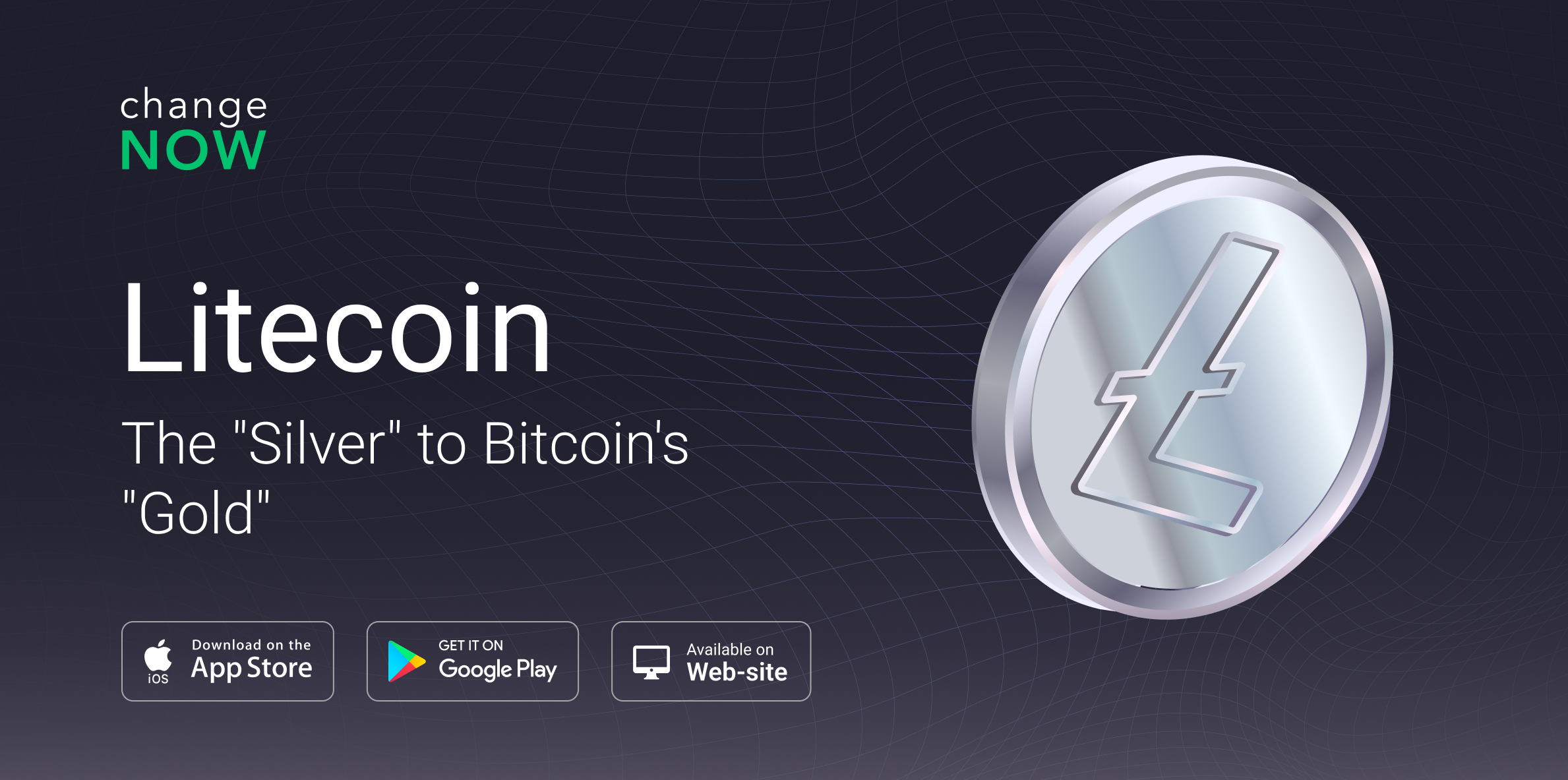Litecoin: The "Silver" to Bitcoin's "Gold"

October 13, 2011, marks an important date in the crypto sphere. On this day, the Litecoin network went live, becoming one of the first digital currencies that remain relevant today. Let’s dive into what Litecoin is and explore what the future holds for this innovative currency.
What is Litecoin?
Litecoin is a peer-to-peer Internet currency that allows for near-zero cost payments with instant processing. It operates as an open-source global payment network, fully decentralized and free from any central authorities. The mathematical principles behind Litecoin secure the network, empowering individuals to take control of their finances.
Designed for speed and efficiency, Litecoin offers faster transaction confirmation times and improved storage capacity compared to Bitcoin. With strong industry support, volume, and liquidity, Litecoin has established itself as a reliable medium of exchange, complementing Bitcoin’s role as digital gold.
Litecoin vs. Bitcoin: A Quick Comparison
| Feature | Bitcoin (BTC) | Litecoin (LTC) |
|---|---|---|
| Launch Date | January 3, 2009 | October 13, 2011 |
| Creator | Satoshi Nakamoto | Charlie Lee |
| Consensus Algorithm | Proof of Work (SHA-256) | Proof of Work (Scrypt) |
| Block Time | ~10 minutes | ~2.5 minutes |
| Total Supply | 21 million BTC | 84 million LTC |
| Current Block Reward | 3.125 BTC (as of 2024) | 6.25 LTC (halving every 840,000 blocks) |
| Transaction Fees | Higher fees during network congestion | Generally lower fees |
| Transaction Speed | Slower due to longer block confirmation times | Faster due to shorter block times |
| Market Cap (as of Oct 2024) | Largest cryptocurrency by market cap | Ranked among top 30 altcoins |
| Use Case | Digital gold, store of value | Medium of exchange, faster transactions |
| Community and Adoption | Widely accepted and recognized | Growing community with increasing adoption |
Efficiency and Speed: The Litecoin Advantage
The Litecoin blockchain is engineered to handle more transactions than Bitcoin. With faster block generation, it can support higher volumes of transactions without needing future software modifications. This means merchants benefit from quicker confirmation times and can choose to wait for additional confirmations when processing higher-value transactions.
Mining Rewards and Controlled Supply
Miners currently earn 6.25 new LTC for each block mined, with this reward halving approximately every four years (every 840,000 blocks). The Litecoin network is designed to produce a total of 84 million litecoins, four times the number of Bitcoin. This controlled supply model helps maintain the currency's value over time, ensuring sustainability.
The Litecoin Foundation: Championing Growth and Awareness
The Litecoin Foundation plays a vital role in promoting adoption and development within the Litecoin ecosystem. Since 2011, Litecoin has been at the forefront of the cryptocurrency space as a secure, decentralized, and innovative currency. The Foundation actively works to ensure a vibrant community and drives Litecoin's development to keep it relevant in a rapidly evolving market.
Looking Ahead: The Future of Litecoin
As we move further into 2024, Litecoin is continuously adding utility and security features. With enhancements like wallet encryption and an efficient mining model, Litecoin is well-positioned for growth and increased adoption. The dedication of the Litecoin Foundation and its community indicates that Litecoin is not just a relic of the past; it has a promising future ahead.
In conclusion, Litecoin is not only a pioneer in the crypto world but also a currency that continues to adapt and thrive. Whether you're a developer, an investor, or simply curious about cryptocurrency, Litecoin remains a significant player to watch.



